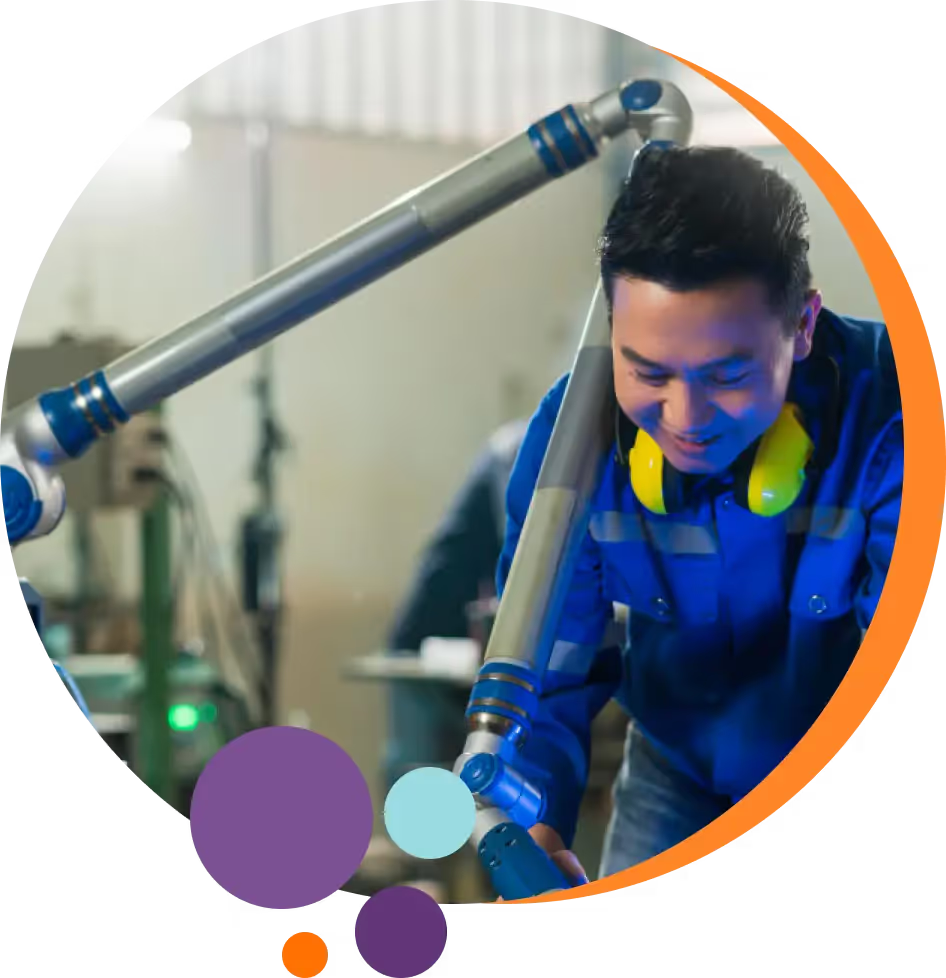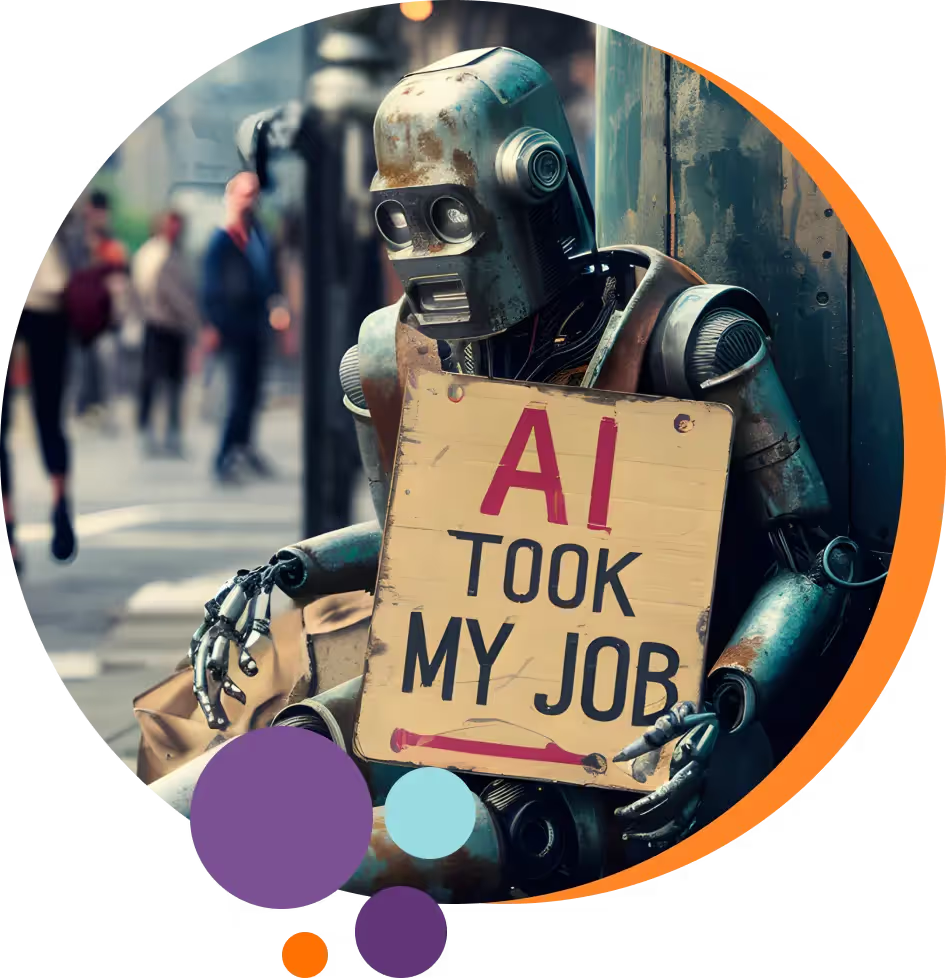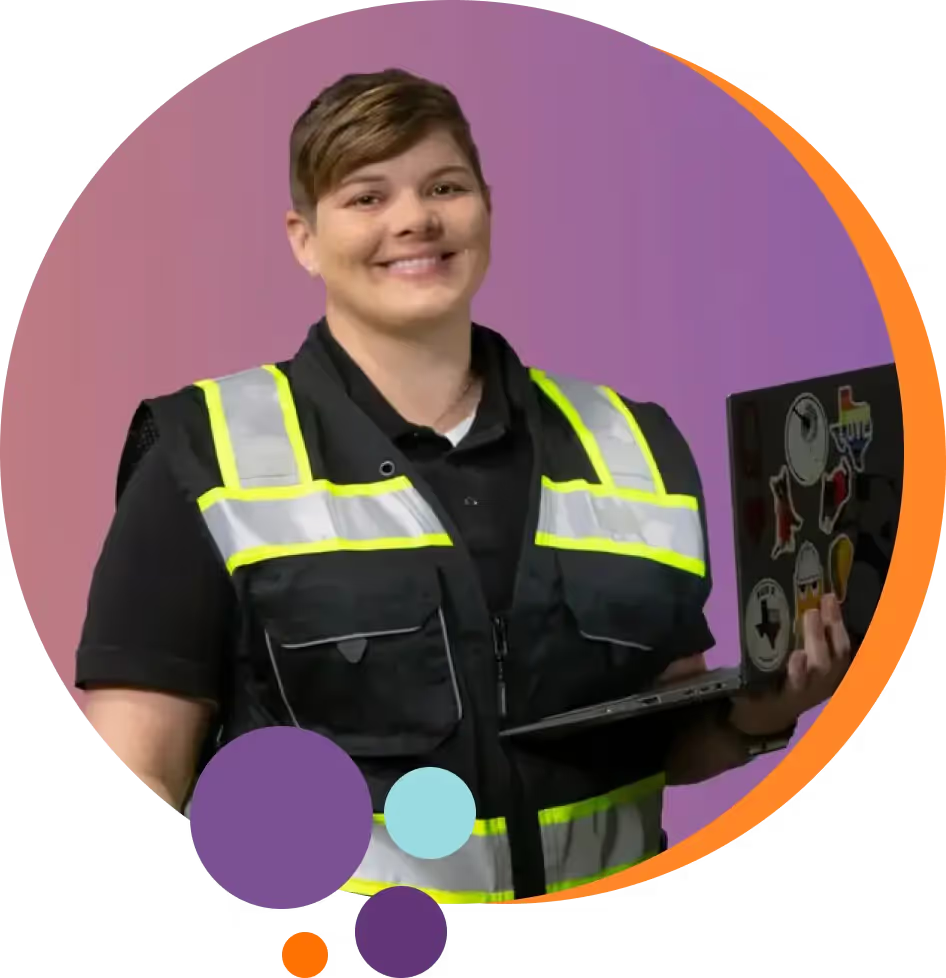In his 2020 blog about digital platforms, Ben Williamson notes that “Higher education is being reimagined by companies and agencies as being integrated with digital platforms and cloud infrastructures. Furthermore, COVID-19 has accelerated these developments worldwide by offering short-term ‘relief’ from the [pandemic] in the shape of online platforms for remote teaching and learning, and then promoting them as a model for long-term ‘reconstruction’ involving private platform providers as fully-embedded partners in higher education delivery.” As higher education moves into major reconstruction post-pandemic (‘reimagining by sprawling webs of think tanks, consultancies, sector agencies, edu-businesses, financial organizations, and tech companies, as part of a longer history of multi-sector higher education reform efforts and recent projections of the digital transformation of higher education), “the technology now exists to connect the variety of applications used within the university, where the IT landscape tends to be more fragmented than in the enterprise. Replacing siloed information systems with intelligent information networks will enable highly personalized engagement with students and staff, individualized experiences, and actionable strategic intelligence . . .”
Williamson posits what is coming: ‘Advanced analytics with augmented intelligence, following the lead of market leaders such as Netflix, Apple, or Uber that apply data-driven decisions and provide dynamic experiences based on an individual consumer’s information — and applying these design principles to higher education.’
This ‘can transform how stakeholders experience learning, teaching, research, and professional services.’ Higher education will be able to be ‘connected to interoperable cloud and data systems provided by giant infrastructure partners in new public-private partnership configurations. Campuses of all sizes will be expected to operate more like nimble software organizations — innovating quickly, scaling up virtual service centers, and putting infrastructure in place to support the always-on digital engagement needs of students.’
“The promise of the education cloud is to compile all student data into one interoperable intelligent network for 360-degree observation, analysis, and prediction while offloading or outsourcing the technical demands to a company’s AI, cloud, and data architecture.” The companies competing in this global competition for infrastructural dominance over higher education’s information and learning management systems include Salesforce, Google, Microsoft, and Amazon Web Services. These companies offer ‘both sectoral platforms (e.g., Google G Suite, MS Education tools, AWS Educate programs) and infrastructure services to enable a host of other platform providers. These infrastructures are already important aspects of online learning platforms that have proliferated across higher education. The for-profit MOOC provider Coursera, for example, is a sectoral platform that relies on third-party cloud infrastructure provided by Amazon Web Services. AWS has become a major infrastructure provider, offering back-end services to Coursera, as well as leading management systems providers Blackboard and Canvas.’
Community colleges
The recent Unmudl Report I authored references the growing number of online platforms to deliver courses, programs, and services in higher education — like edX, Coursera, and platforms in many other nations. Recent entrants to the marketplace include Unmudl, Guild, SkillUp, and the League for Innovation Online Course Sharing Consortium.
In such a dynamic marketplace, many learners, workers, employers, and policymakers will likely be confused by the number of “platform flowers” blooming. Here’s why. The stated missions/services at the platforms are often difficult to differentiate. For example, some platforms appear to primarily serve employers seeking upskilling and identification of a talent pool from which to hire. Others are serving student needs for courses versus some offering entire credential programs. Some focus on credit courses and/or programs; others on noncredit or skills-based courses.
And among the sites, it’s often difficult to determine where (and if) community college courses, programs, and services are available.
Two new community college-led platforms are Unmudl and the League for Innovation Online Course Sharing Consortium.
Parminder Jassal, CEO of Unmudl, explains that “Unmudl is a skills-based market where the ‘currency’ is skills, whether for learners, colleges, or employers. The participating community colleges ‘power’ Unmudl with their noncredit courses and wraparound services.”
Rufus Glasper, president, and CEO of the League for Innovation in the Community Colleges notes “the League’s partnership with Acadeum focuses on course-sharing among community colleges. We have no plans to offer the range of services offered by other platforms. Rather, the student’s advisor at a college in need of a course to round out the program for that student connects to a host college. Students will not be finding courses on their own. This will be especially useful for students attending a rural college that may not have robust curricular offerings. The strategy is to focus on capacity-building for the colleges.”
I asked Jassal and Glasper if they think community colleges and intermediaries working in this space will be confused about the services offered by the League’s consortium and Unmudl’s platform? Are the platforms duplicating or coordinating — or aware of one another? Remembering ITIF’s prediction that there will be a tendency for mergers among platforms, should expect mergers down the road?
Jassal and Glasper were in agreement on several points:
- There are some differentiators among the digital platforms operating in higher education right now though they could be clearer; and differentiators could diminish over time and platforms may indeed merge, particularly spurred by the need for sustainability.
- There are likely duplications among courses offered.
- There is not much coordination among platforms.
- The marketplace is confusing and will likely continue to be for learners, workers, employers, colleges, and many others.
They also cited pros and cons of “protected” versus “open-use” sites because that issue is related to issues of duplication of resources, coordination, and navigation among platforms. Because community colleges are known as open-access institutions, Jassal and Glasper agreed that community college resources should not be protected sites
Glasper explained, “We want the colleges to know about these resources and accelerate to scale. We don’t want to be proprietary so only a few colleges know what’s there.”
Jassal underscored that “Unmudl is 100% open use. Anyone can come to our site, and go to the college network. Employers can also come to our site and hire learners directly out of Unmudl courses. Anyone can see what subjects we cover and explore courses, including what’s available for WIOA-eligible or military reimbursement. They can also see which courses are eligible for college credit — and what percent of the way they would be to a certificate or degree if they enroll in a specific course.”
Given ITIF’s insight that digital platforms are likely impelled toward a merger at some point in their evolution, Jassal and Glasper speculated about the future.
“Maybe two years from now, as postsecondary education keeps changing, technology will make it possible to connect these things,” noted Glasper. “They will likely be merging because we have the same end goal. It will not likely be possible to sustain enterprises like digital platforms to be viable.”
Jassal and Glasper were also in agreement that digital platforms — and the curriculum structures behind them — will not be static but rapidly evolving. And federal policy should incentivize the colleges to think differently and scale more quickly to meet workforce needs.
Glasper elaborated, “When the first TAACCCT program was issued nearly a decade ago, many colleges set up programs for dislocated workers in advanced manufacturing, energy, IT, healthcare, automotive, logistics, etc. But there was little sense of how to go to scale. When the federal funding went away, most colleges closed those programs. We need a different model —a capacity-building and sustainability model — a national standards agenda linked to increasing federal funding.”
Bottom line
Our digital highway system is confusing and this is global. Our highways leverage the investments of huge proprietary companies that will continue to fuel and impact the evolution of systems. Given the importance of platforms and the way technology is impelling them toward reconstruction of our educational system, we should pay close attention to their growth, sustainability, and portability. We can and must work together to build better systems. And we must answer the many questions stirred up by this reconstruction.

.jpg)


















.jpg)

